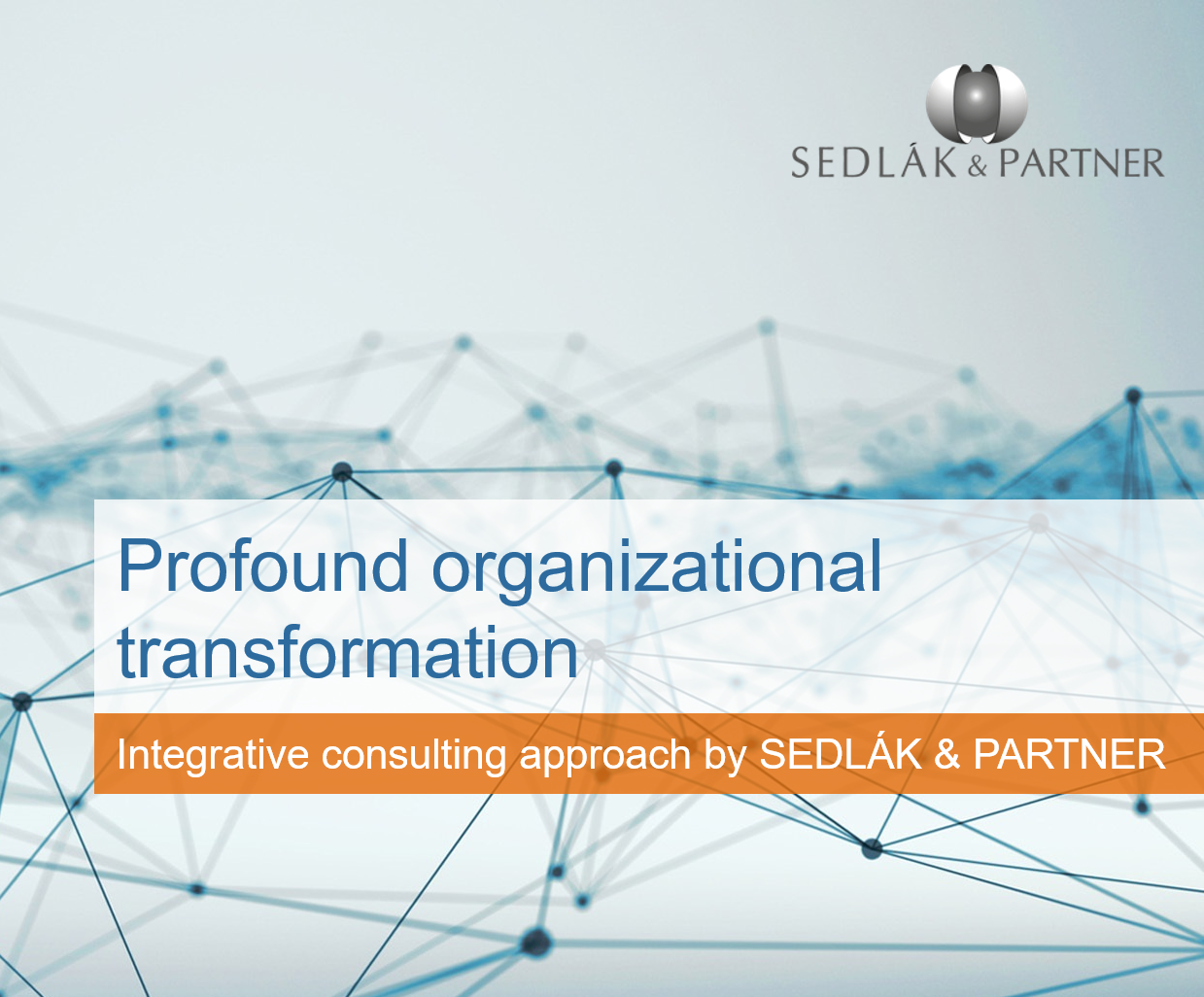New technologies are changing the world of work and it is not only employees who have to constantly acquire new skills in order to keep pace with changing market conditions. Thanks to continuous new advances in the field of artificial intelligence and more and more disruptive technologies that change the existing market structure, companies are also required to adapt continuously. The transformation is a necessary task to master the strategic challenges. It is not just about improving existing business models or breaking established power structures. Rather, transformation is the only way to ensure long-term business success. But what is the transformation of companies, on which cornerstones is it based and which factors influence the success and failure of transformation processes?
What do we understand by transformation of companies?
The transformation signifies a fundamental turn of a company, since it deeply intervenes in the corporate architecture. This turnaround affects both the relationships in the social and economic environment of the company and aims to change – to question the way in which change needs and processes are dealt with in the company and to learn from them for future change processes . This radical restructuring initially ties up extensive resources and, like any other change process, causes uncertainty and unrest. In the long term, however, a transformation secures the company’s survival and ability to act.
What are the steps in a complete transformation?
The transformation of companies is a complex task that can never be done in one step. Rather, real transformation takes place in different phases, with classic transformation models starting from at least four phases that can overlap or run in parallel.
In the first phase, the so-called reframing, the company changes its view of itself, which opens up new potential and opportunities. The next phase is called restructuring, whereby all measures that serve to increase performance are identified in order to secure the company’s competitiveness in the long term. This phase is replaced by the most difficult phase, the so-called revitalizing. It is precisely at this point that it decides whether the company is going through a real transformation or just a reorganization. The last phase, the Renewal, then deals with giving employees the right tools for the future and anchoring the transformation in the corporate culture in the long term.
The digital transformation in companies
Digitization is also capturing more and more traditional industries, which means that even long-established handicraft and specialist companies are under increasing pressure to act. Establish business models and products that have been developed and optimized over the years no longer match the changing market needs within a very short time. To ensure the survival of the company, transformation must be used. Only through an in-depth analysis of current market developments and trends and a realignment of structures and processes can the company remain profitable and competitive. The realignment must be driven by the entire management level, whereby sound knowledge of transformation processes is essential for the success of the transformation.
Organizational transformation and strategic management consulting
More than 50% of all executives recognize the need for change, but do not see themselves in a position to prepare their company for the upcoming transformation. Even if the transformation process itself always has to develop from within the company, it also needs outside help. A strategic management consultancy that constantly accompanies the process not only provides important neutral input, but can also convey the necessary impulses, strategies and the necessary knowledge to set up the transformation process correctly and keep it on track.

